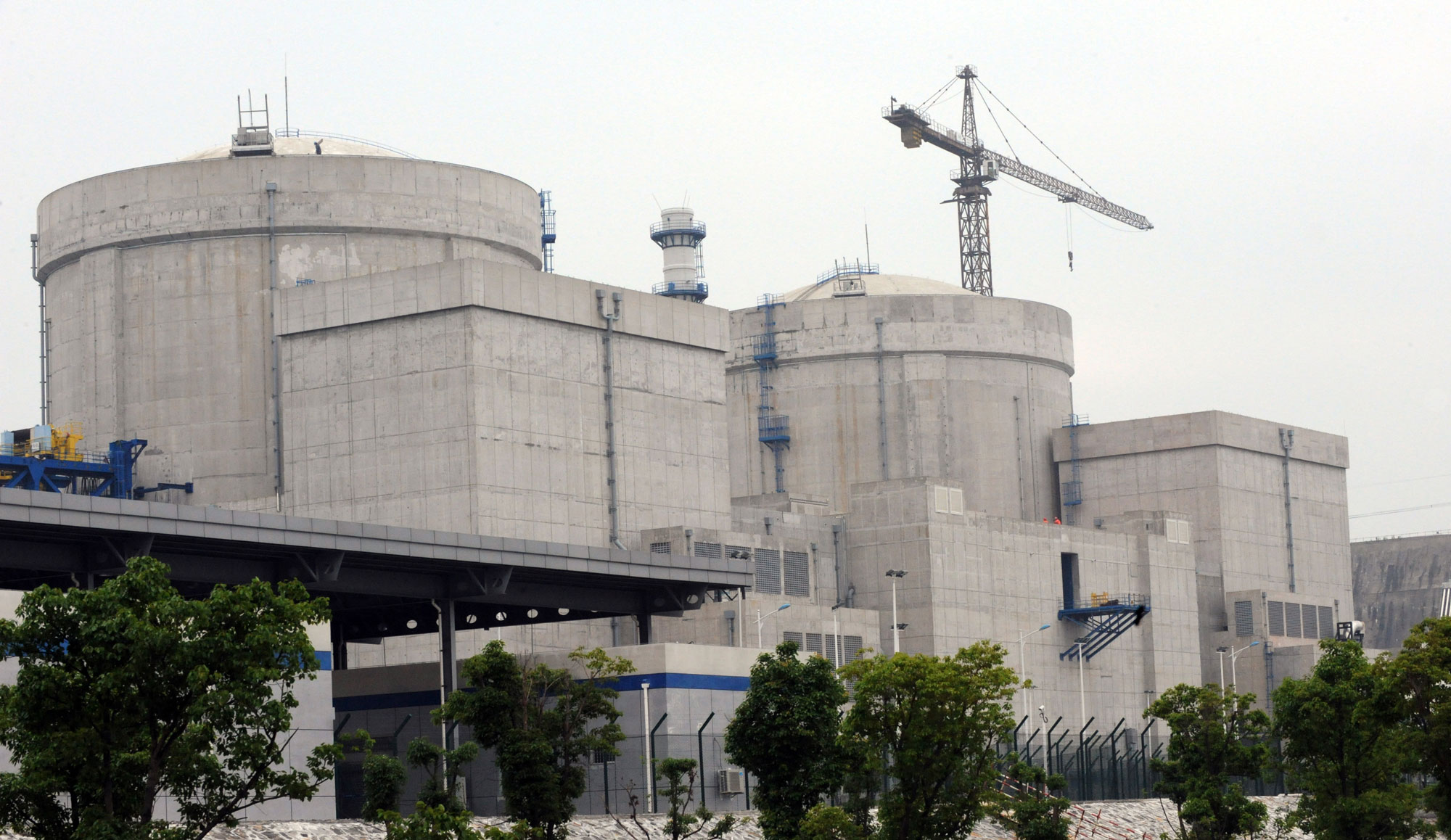China’s nuclear hiatus may be coming to an end

Beijing has approved the construction of four new nuclear reactors using a domestically developed design, according to Chinese news reports. If confirmed, the deployment of China’s Hualong One reactor would end a more than two-year hiatus in approvals that had cast a shadow over China’s nuclear enterprise.
China’s Jiemian News started the chatter on Tuesday with an exclusive interview with senior leadership of the Hualong One design’s owner, Hualong International Nuclear Power Technology, a collaboration of nuclear heavyweights China General Nuclear Power (CGN) and China National Nuclear Corp. (CNNC). According to the news site, the joint venture’s leaders said that two dual-reactor projects had received provisional permission to begin pouring concrete.
Other publications also picked up the story yesterday, including First Financial Journal, which claimed to have confirmed the approvals through “relevant authoritative channels.” CNNC and CGN have not responded to the media reports.
The reactors are slated for two new sites along China’s coast: CNNC’s Zhangzhou power project in Fujian and CGN’s Huizhou Taipingling project in Guangdong. Both projects had been planned and approved by Chinese authorities with Westinghouse’s AP1000 reactor design, which promises safety advances such as passive cooling. That means it stores water above the reactor, leveraging gravity to keep the plant cool should the pumps fail.
But Westinghouse’s flagship AP1000 projects have been plagued by cost overruns and delays. The first AP1000 began operating in China last year, four years behind schedule, and South Carolina utilities abandoned a pair of partially built AP1000s after investing $9 billion.
Those troubles may have helped the Hualong One to catch up. CNNC started building the first Hualong One reactor in 2015 at its Fuqing power plant and expects to have it operating later this year.
Restarting nuclear reactors of any design in China would be a shot in the arm for the technology globally, since China has recently been nuclear energy’s biggest investor. It would also be a welcome development for energy experts and governments that see nuclear as a crucial low-carbon energy source to accelerate a fossil-fuel phase-out.
Keep Reading
Most Popular
Large language models can do jaw-dropping things. But nobody knows exactly why.
And that's a problem. Figuring it out is one of the biggest scientific puzzles of our time and a crucial step towards controlling more powerful future models.
How scientists traced a mysterious covid case back to six toilets
When wastewater surveillance turns into a hunt for a single infected individual, the ethics get tricky.
The problem with plug-in hybrids? Their drivers.
Plug-in hybrids are often sold as a transition to EVs, but new data from Europe shows we’re still underestimating the emissions they produce.
Stay connected
Get the latest updates from
MIT Technology Review
Discover special offers, top stories, upcoming events, and more.